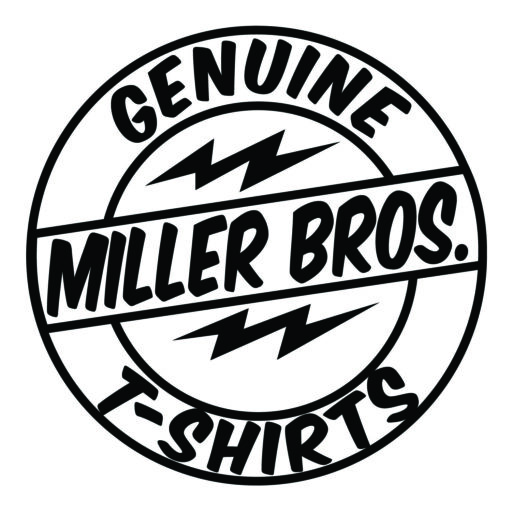
Screenprinters often get asked if we can print on DriFit or moisture-wicking materials.
While it is possible to print on these types of fabrics, it’s not something I recommend. There are several challenges that come with printing on DriFit and other moisture-wicking materials that can make it difficult to achieve a high-quality, long-lasting print.
One of the main challenges is that these materials are often made from synthetic fibers like polyester or nylon. These fibers can make it difficult for ink to adhere properly, resulting in a print that may fade or peel over time.
Additionally, moisture-wicking properties can make it hard for ink to dry properly, which can lead to smudging or distortion of the image. The chemicals used to treat these materials can also react with the screenprinting ink or other chemicals in the printing process, leading to discoloration or other issues.
Another challenge with printing on DriFit and moisture-wicking materials is that they can be prone to stretching and cracking. These materials are often designed to stretch and move with the wearer, which can make it difficult for the ink to stay in place. As the material stretches and moves, the ink can crack or peel, which can lead to a less-than-perfect print. While there are techniques that can help minimize these issues, they can never be completely eliminated, making it difficult to achieve a high-quality, long-lasting print.
At my screenprinting business, I prioritize quality and durability in every print I create. While I can technically screen print on DriFit and moisture-wicking materials, it’s not something I specialize in because I know it can be near-impossible to achieve a high-quality, long-lasting print.
I choose to focus on materials that I know will produce the best possible outcome for my customers, both in terms of appearance and longevity.
If you’re looking for a high-quality, long-lasting print, I recommend choosing a different type of material. The best prints happen on 100% cotton shirts. For blends, 50/50 Poly/Cotton blends are best, as long as the garment isn’t super thin.
I am happy to work with you to find the right material that fits your needs and budget. Thank you for understanding my commitment to providing the best possible screenprinting services to my customers